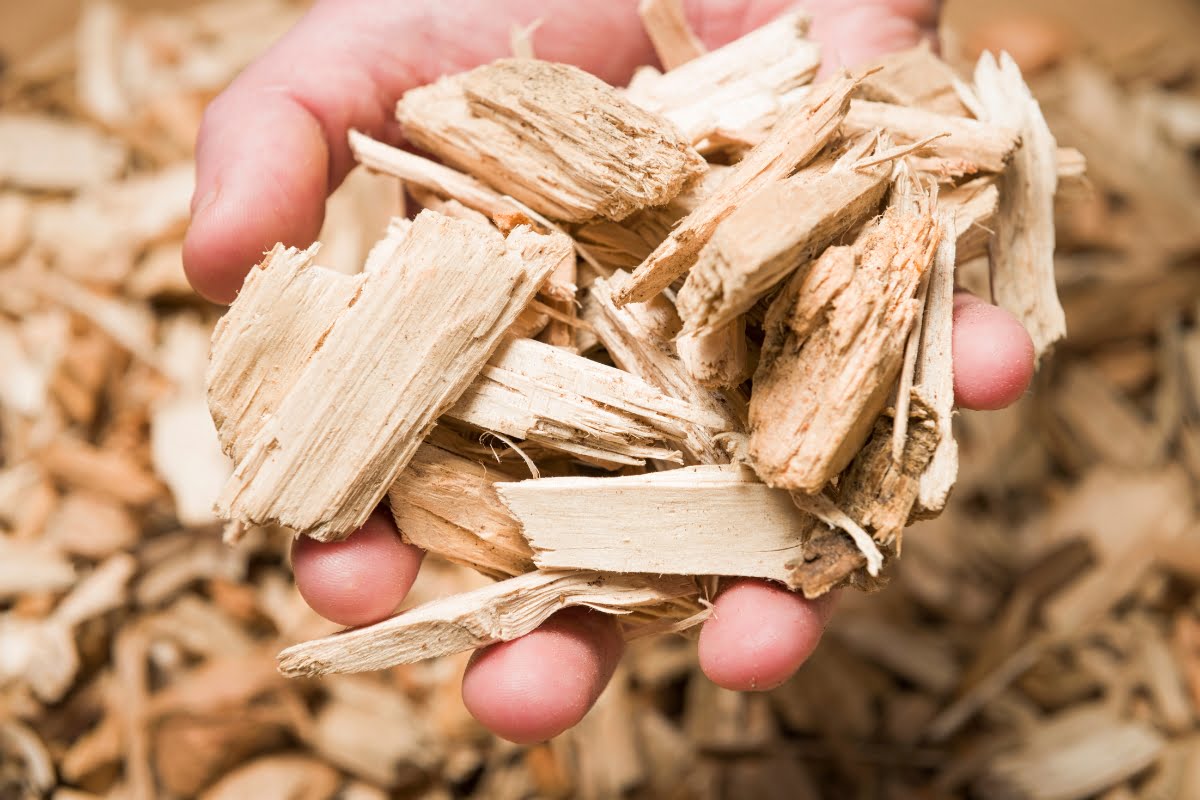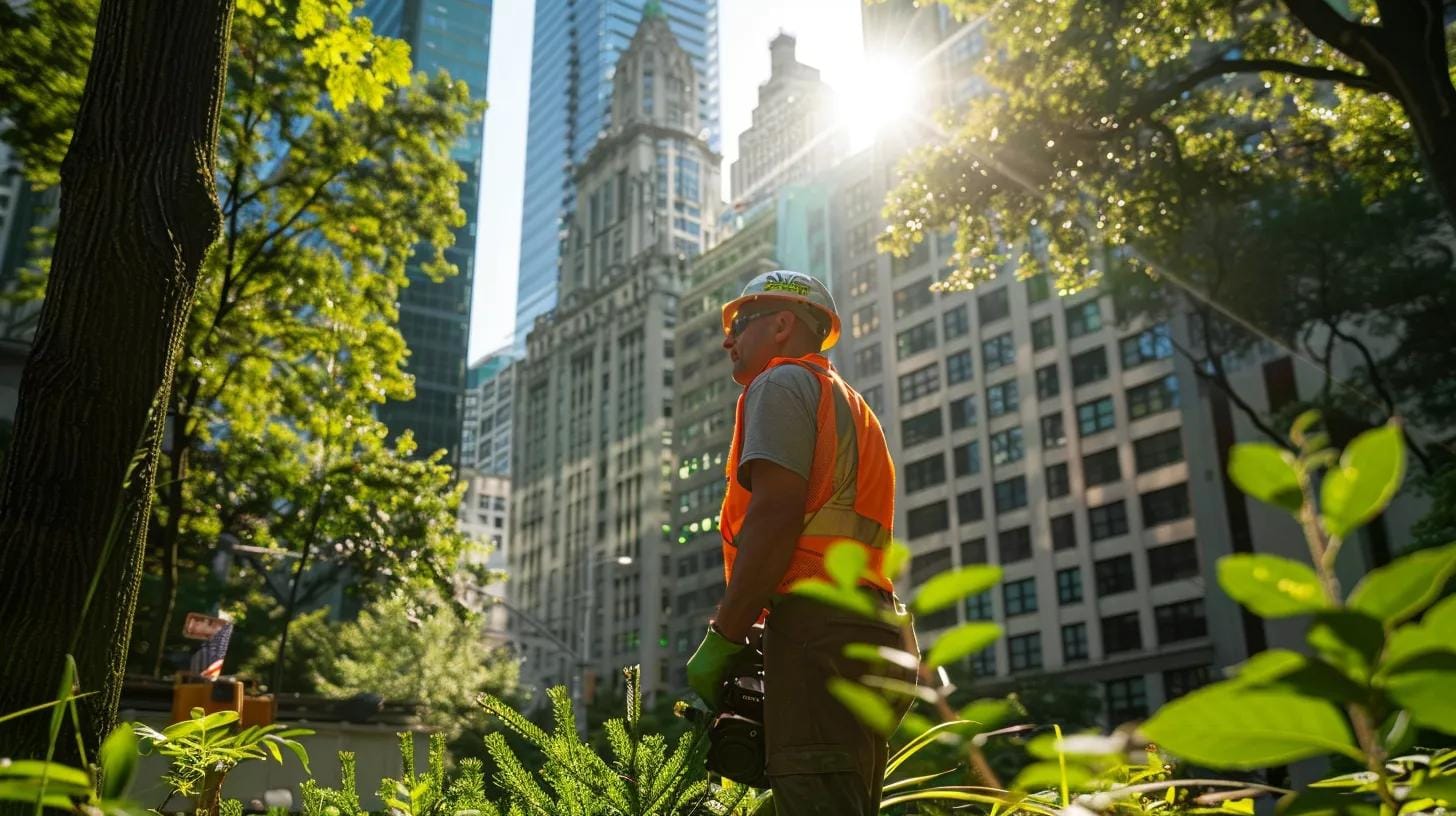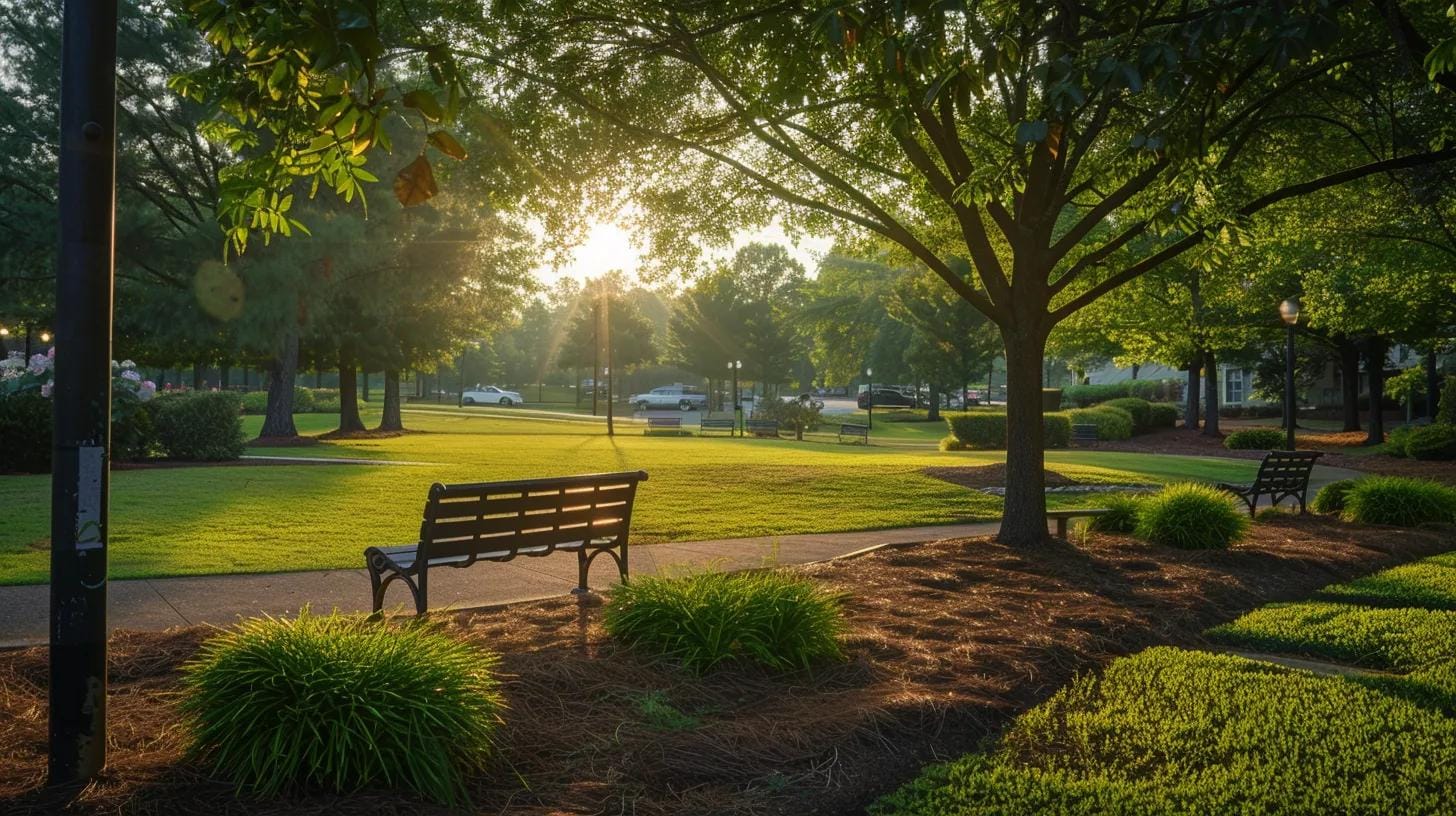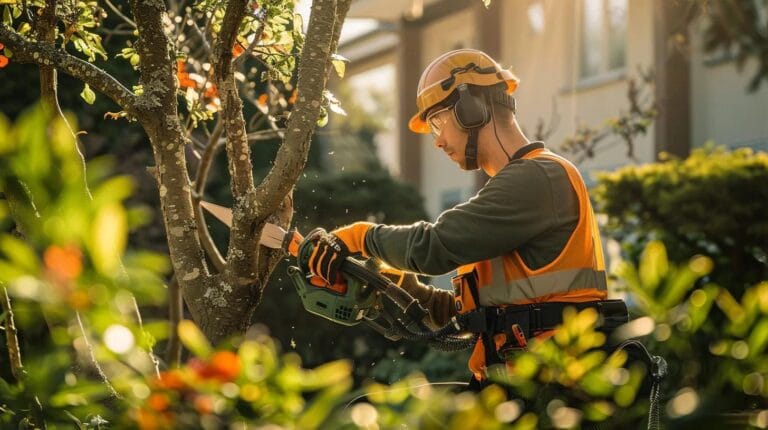In the pursuit of sustainable landscaping practices, chipping stands out as an eco-friendly solution that benefits both the environment and your garden. By recycling tree branches, prunings, and other yard waste into valuable free wood chips, you can create nutrient-rich mulch, enhance soil health, and reduce landfill waste.
Wood chipping not only promotes a greener, more sustainable approach to managing garden debris but also helps maintain moisture, suppress weeds, and improve the overall aesthetics of your landscape. In this guide, we’ll delve into the numerous advantages of chipping and provide practical tips for integrating this green solution into your landscaping practices.
Whether you’re an avid gardener or a homeowner looking to adopt more sustainable methods, discover how chipping can transform your yard into a thriving, eco-friendly haven.
Upgrade Your Yard Cleanup: Why Wood Chipping is the Secret to Perfect Landscaping
Understanding Chipping: A Sustainable Approach to Landscaping
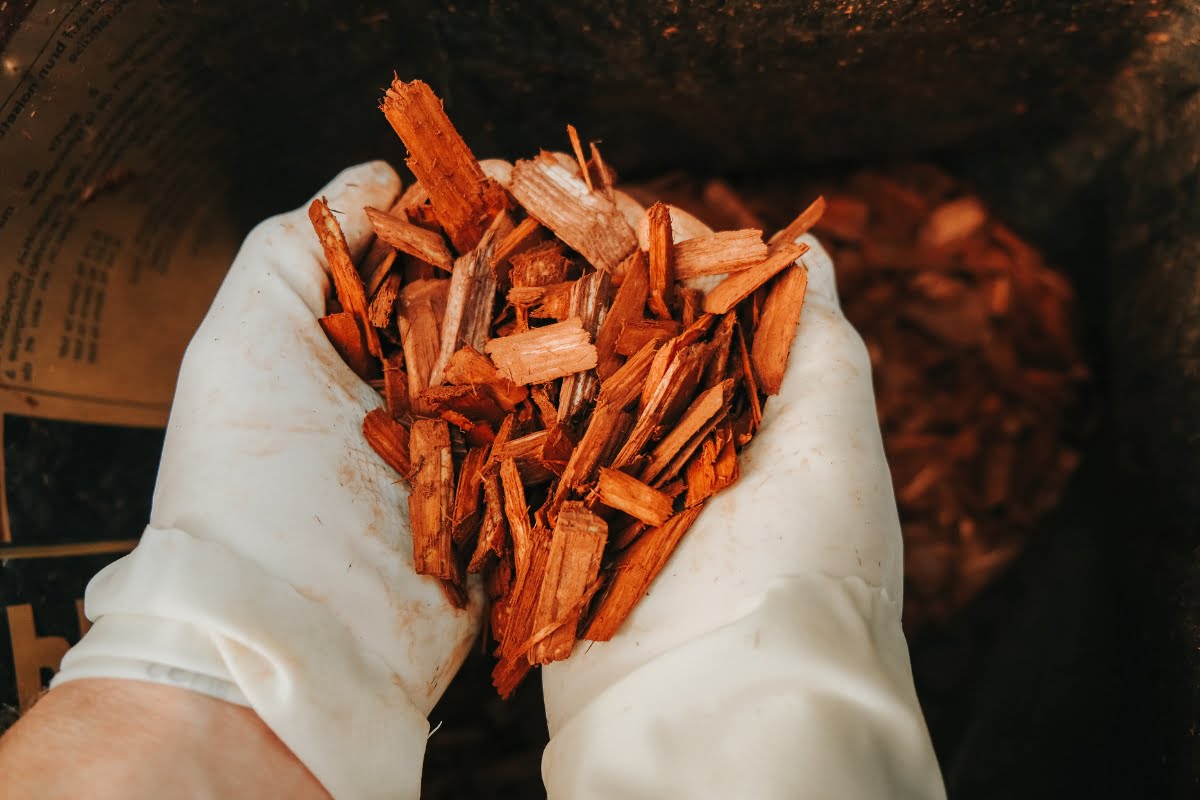
Wood chipping is a sustainable approach to landscaping that involves recycling tree trimmings and fallen branches into chips. This practice not only helps in reducing waste but also offers numerous environmental benefits. By understanding the process of chipping and its impact on the ecosystem, we can make informed choices for a greener future.
When trees are trimmed or pruned, the resulting branches and twigs are often discarded as waste. However, these organic materials can be transformed into valuable resources through chipping. The process involves shredding the branches and twigs into small pieces, creating chips that can be used for various purposes in landscaping.
Chips are excellent for mulching, helping to retain soil moisture, suppress weeds, and regulate soil temperature. This reduces the need for chemical herbicides and frequent watering, promoting a healthier, more sustainable garden. Additionally, as the chips decompose, they enrich the soil with organic matter, improving soil structure and fertility over time.
Using chips in pathways and garden beds also helps to reduce soil erosion, maintaining landscape integrity and reducing runoff. Moreover, chipping contributes to carbon sequestration by returning organic carbon to the soil, playing a role in mitigating climate change. By integrating wood chipping into landscaping practices, we not only recycle natural materials but also support a sustainable and environmentally friendly approach to garden and landscape management.
Environmental Benefits of Chipping in Sustainable Practices
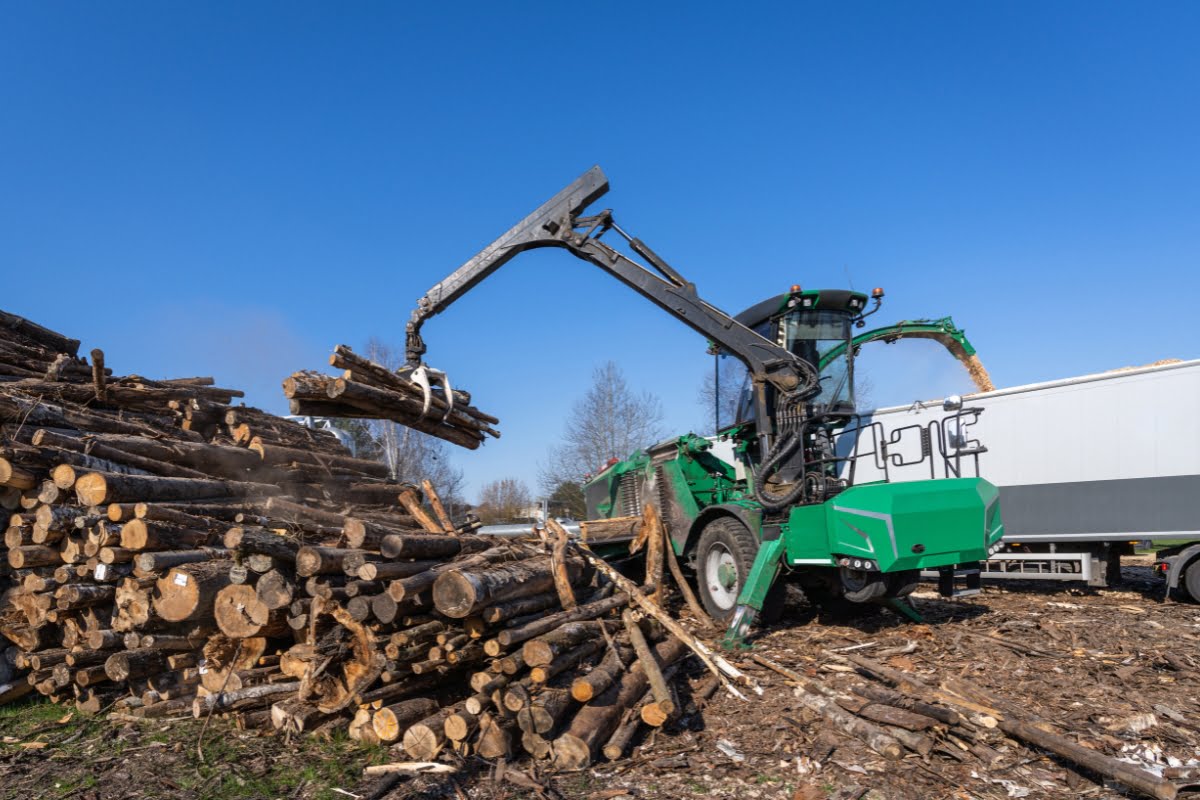
Chipping plays a crucial role in sustainable practices by offering several environmental benefits. One of the key advantages is the reduction of waste heading to landfills. Instead of adding to the already overflowing landfills, tree trimmings and fallen branches can be repurposed into useful wooden chips.
Furthermore, wooden chips act as a natural mulch that helps retain moisture in the soil, reducing water consumption for irrigation purposes. This not only conserves water but also promotes healthier plant growth by providing a consistent moisture level.
In addition to water conservation, wooden chips also contribute to soil health. As they break down over time, they release essential nutrients into the soil, enriching it and improving its fertility. This leads to healthier plants with stronger root systems and increased resistance to pests and diseases.
Chipping also aids in reducing soil erosion. When spread over garden beds and paths, wooden chips protect the soil from the impact of rain, wind, and foot traffic, which can wash away or compact the soil. This protective layer maintains soil structure and prevents nutrient loss, fostering a more stable and fertile environment for plants.
Moreover, using wooden chips in landscaping can enhance biodiversity by providing habitats for beneficial insects and microorganisms. These organisms play a vital role in breaking down organic matter and cycling nutrients, contributing to a balanced and thriving ecosystem.
Enhancing Soil Health Through Wood Chipping
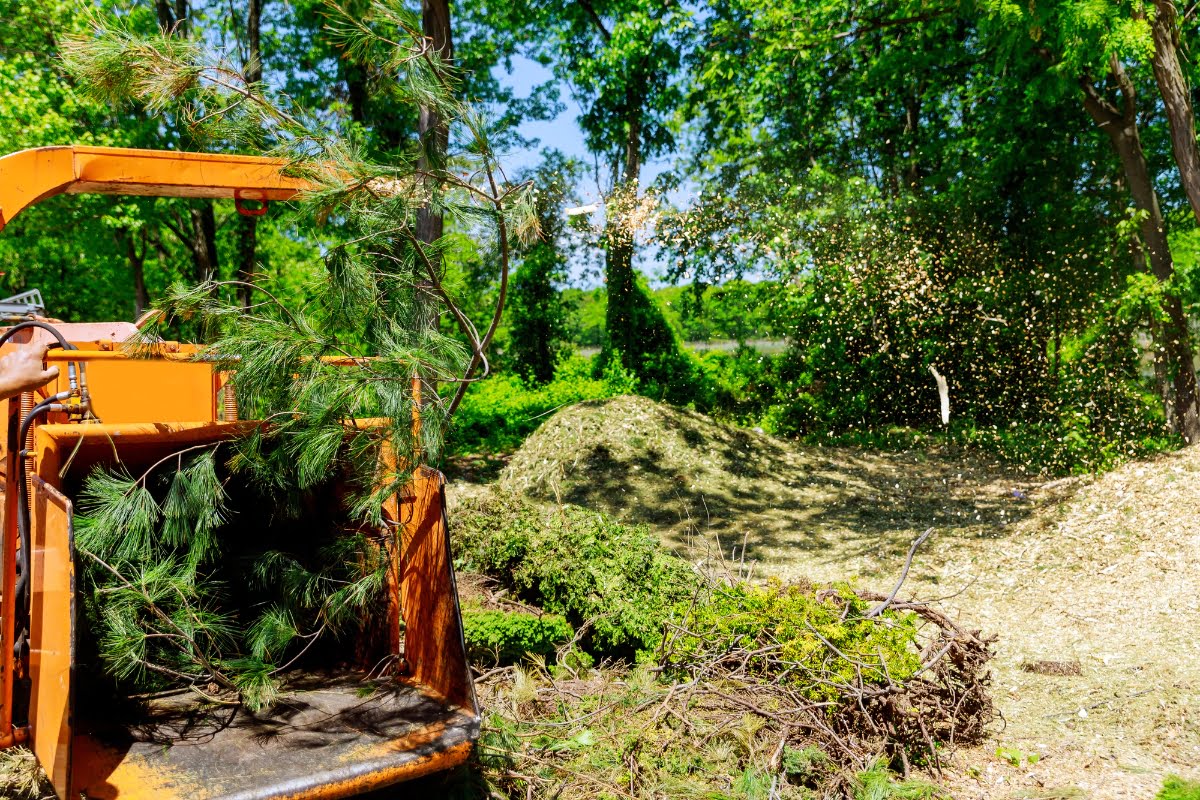
The use of wooden chips as mulch has been proven to enhance soil health in several ways. Firstly, it acts as a protective layer that prevents erosion caused by wind and water. This is especially beneficial in areas prone to heavy rainfall or strong winds.
Secondly, wooden chips help regulate soil temperature by insulating the soil from extreme heat or cold. This creates a more stable environment for plant roots, allowing them to thrive even in challenging weather conditions.
Additionally, as chips decompose, they contribute organic matter to the soil. This organic matter improves soil structure, allowing for better water infiltration and root penetration. It also encourages the growth of beneficial microorganisms that aid in nutrient cycling and overall soil health.
The decomposition process of wooden chips slowly releases nutrients such as nitrogen, phosphorus, and potassium back into the soil. These essential nutrients are critical for plant growth and development. Unlike synthetic fertilizers, the slow release of nutrients from decomposing wooden chips ensures a steady supply of nourishment to plants over time, reducing the risk of nutrient leaching and promoting sustainable growth.
Moreover, wooden chips can help suppress weed growth by creating a physical barrier that inhibits weed seed germination. This reduces the need for chemical herbicides, promoting a healthier and more organic gardening approach. The reduction in weed competition also means that plants can access more resources, such as water and nutrients, further enhancing their growth and resilience.
Reducing Waste and Promoting Recycling with Chipping
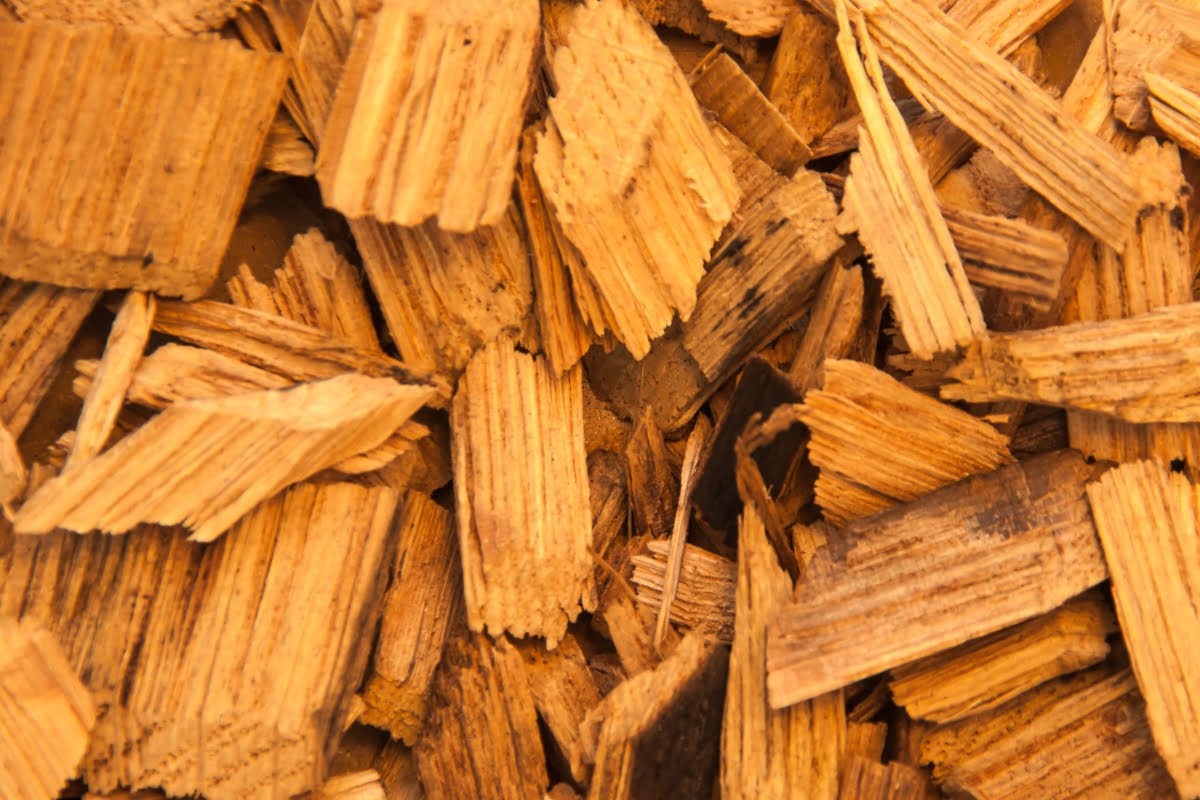
Wood chipping is an effective way to reduce waste and promote recycling in landscaping practices. Instead of disposing of tree trimmings and fallen branches as waste, they can be repurposed into valuable wooden chips.
This not only reduces the amount of waste heading to landfills but also minimizes the need for synthetic mulches or fertilizers. By utilizing natural materials like wooden chips, we can reduce our reliance on chemical-based products and create a more sustainable approach to landscaping.
Additionally, chipping promotes a circular economy within the landscaping industry. The organic materials that would otherwise be discarded are transformed into useful resources, thereby closing the loop and ensuring that nothing goes to waste. This practice supports local ecosystems by keeping organic matter within the natural cycle, enhancing soil health, and providing habitats for beneficial organisms.
Moreover, the production of wooden chips from local sources reduces the carbon footprint associated with transporting and manufacturing synthetic products. This localized approach not only supports local businesses but also contributes to reducing greenhouse gas emissions, aligning with broader environmental goals.
The versatility of wooden chips extends their use beyond mulching. They can be used in composting, where they add carbon-rich material necessary for balanced compost. This further enriches the soil with nutrients, promoting healthier plant growth.
Wood Chipping as a Climate Change Mitigation Strategy
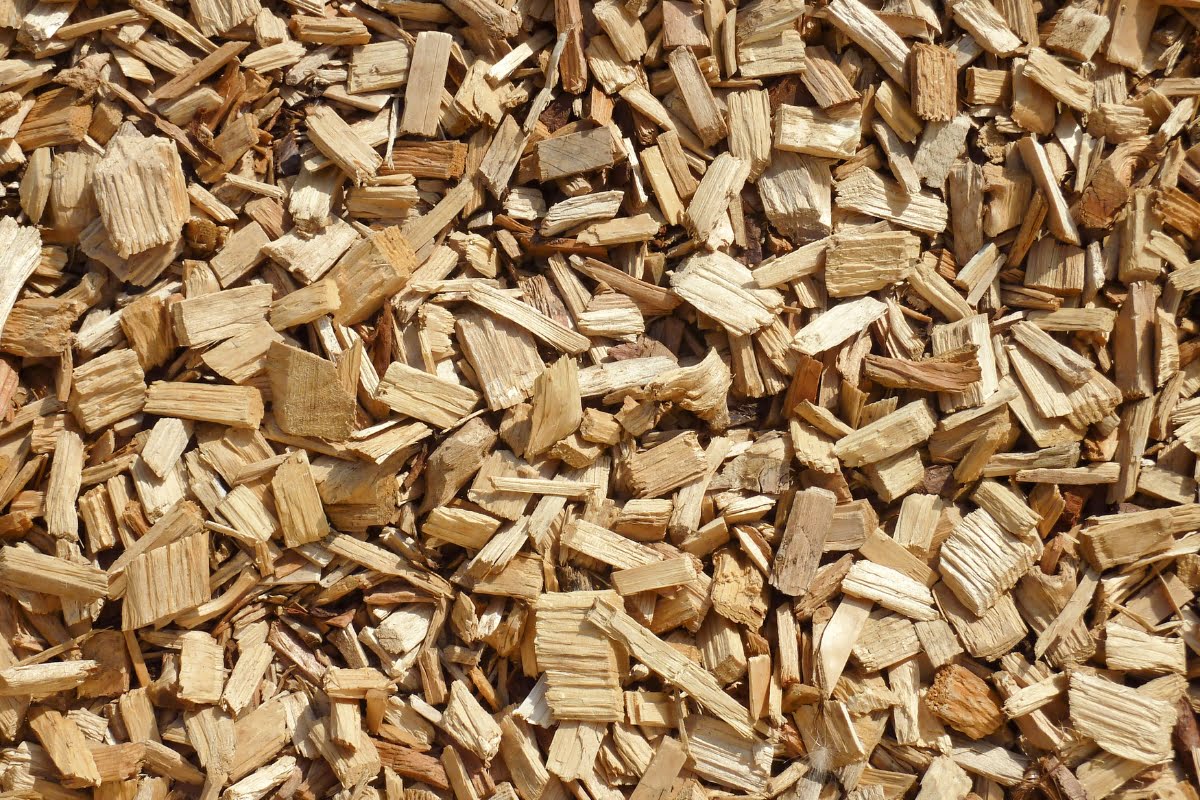
In addition to its waste reduction benefits, chipping also plays a role in mitigating climate change. When organic materials such as tree trimmings decompose in landfills, they release methane gas—a potent greenhouse gas that contributes to global warming.
By diverting these organic materials from landfills through chipping, we can significantly reduce methane emissions. Wooden chips can be used as mulch or composted, allowing them to break down naturally without releasing harmful gases into the atmosphere.
Furthermore, using wooden chips as mulch helps sequester carbon in the soil. As the wood chips decompose, they incorporate carbon into the soil, where it is stored rather than released as CO2, another significant greenhouse gas. This process of carbon sequestration enhances soil fertility and structure while contributing to a reduction in atmospheric carbon levels.
The use of wooden chips also promotes healthier plant growth, which can further aid in climate change mitigation. Healthy plants and trees absorb CO2 from the atmosphere during photosynthesis, acting as carbon sinks. By improving soil health and promoting robust vegetation through chipping, we enhance the capacity of landscapes to capture and store carbon.
Additionally, chipping reduces the need for synthetic fertilizers and pesticides, which are often energy-intensive to produce and can contribute to greenhouse gas emissions. By fostering a more natural and sustainable approach to landscaping, chipping supports broader efforts to reduce the carbon footprint associated with garden and landscape maintenance.
Practical Tips for Using a Wood Chipper Chipping in Your Garden
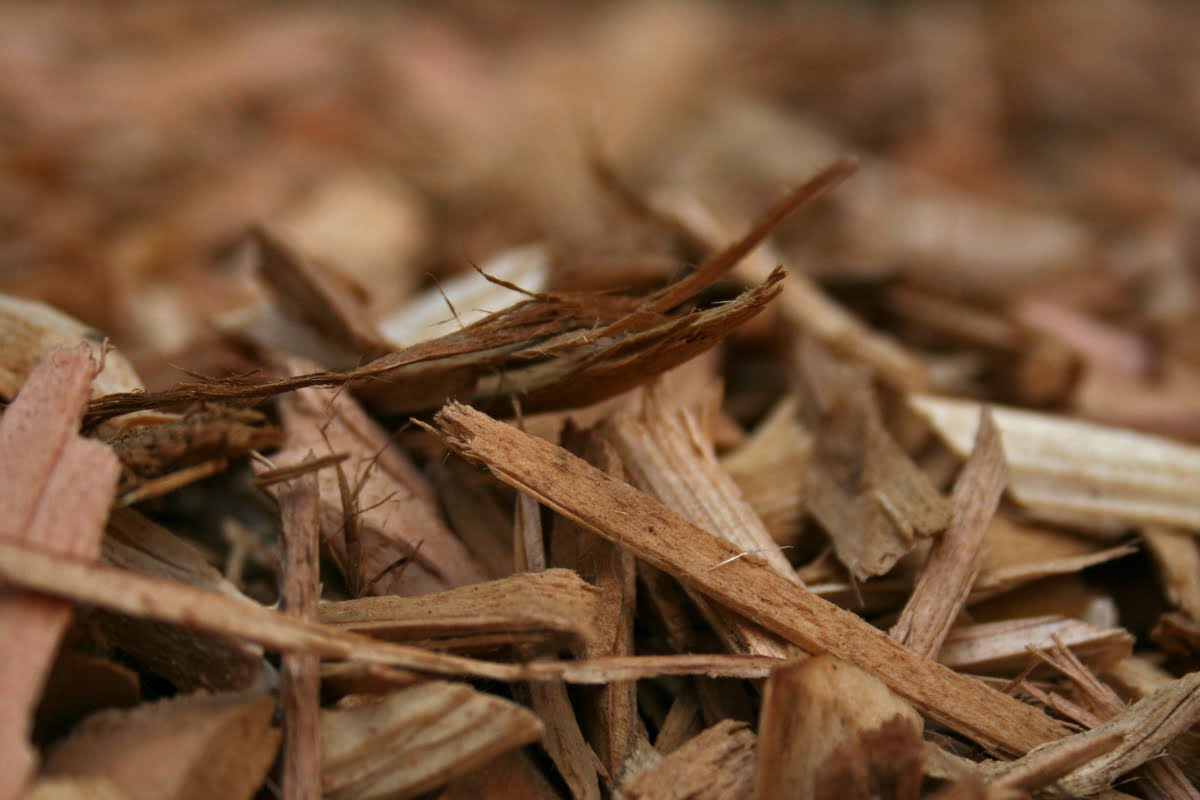
If you’re ready to embrace chipping in your garden, here are some practical tips to get you started:
- Choose the right wood chipper: Invest in a high-quality wood chipper that suits your needs and budget. Consider factors such as power source, capacity, and safety features to ensure you select the best option for your garden.
- Collect tree trimmings and fallen branches: Gather tree trimmings and fallen branches from your property or local sources. Ensure that the materials are free from disease or pests to avoid spreading any problems to your garden.
- Shred the branches into wooden chips: Use the wood chipper to shred the branches into small pieces, creating wooden chips of uniform size. This consistency will ensure even coverage and effective mulching.
- Spread the wooden chips as mulch: Apply a layer of wooden chips around plants, leaving space around the base of each plant to prevent moisture buildup and potential rotting. This mulch layer will help retain soil moisture, suppress weeds, and regulate soil temperature.
- Monitor moisture levels: Regularly check the moisture levels in the soil beneath the wooden chips. Adjust irrigation accordingly to maintain optimal moisture for plant growth. Over-watering or under-watering can impact plant health, so finding the right balance is crucial.
By following these practical tips, you can effectively implement chipping in your garden, enhancing soil health, conserving water, and contributing to a more sustainable gardening practice.
Choosing the Right Wood Chips for Your Landscape
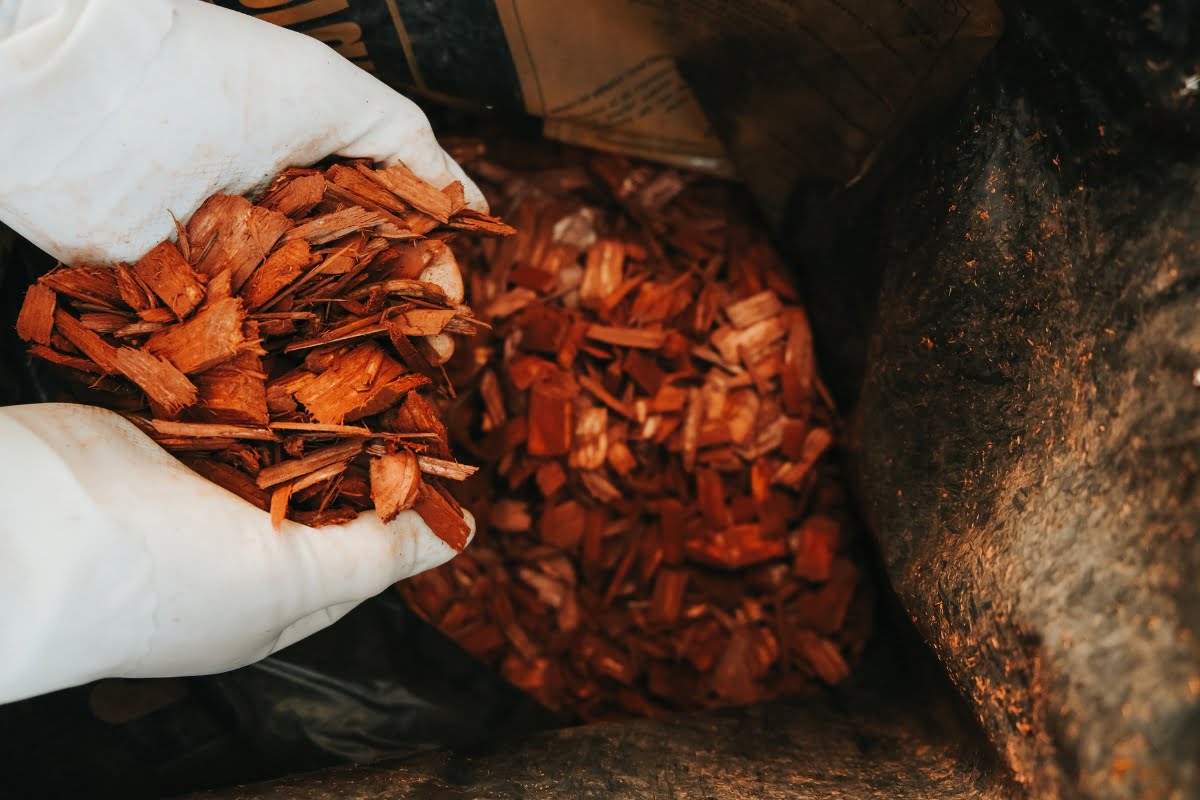
When selecting wooden chips for your landscape, it’s essential to consider their origin and composition. Ideally, choose locally sourced chips from reputable suppliers who follow sustainable practices. Locally sourced chips often come from tree trimmings and branches collected from your area, reducing transportation emissions and supporting local businesses.
Avoid using treated or painted wooden chips, as they may contain harmful chemicals that can leach into the soil over time. Instead, opt for natural, untreated wood chips that are safe for plants and beneficial for soil health. These untreated chips decompose naturally, enriching the soil with organic matter and nutrients.
Consider the type of wood used for the chips. Hardwood, such as oak or maple, decompose more slowly and provide long-lasting mulch. Softwood, like pine or spruce, decompose faster and are suitable for short-term applications or areas where you want quicker soil enrichment.
Additionally, ensure that the wooden chips are free from pests and diseases. Freshly chipped wood should be aged or composted for a few months before use to avoid any potential nitrogen depletion in the soil. Aging the chips allows them to break down slightly, making them more effective as mulch and less likely to impact soil nitrogen levels negatively.
By carefully choosing the right wooden chips for your landscape, you can create a healthier, more sustainable garden environment that supports robust plant growth and soil health.
Maintenance and Longevity of Wood Chips in Sustainable Landscaping
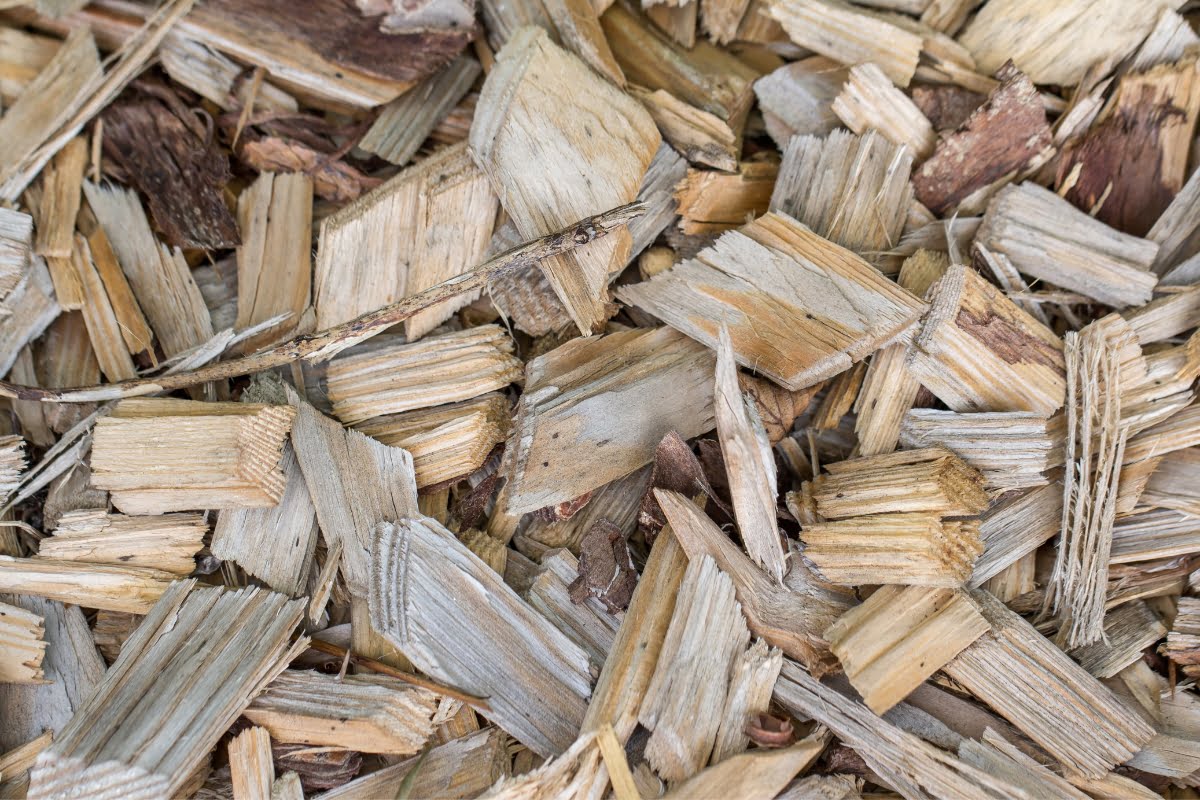
Maintaining wooden chips in sustainable landscaping involves periodic replenishment and monitoring their condition. Over time, wood chips will break down and decompose, contributing organic matter to the soil.
To ensure their longevity, regularly top up the layer of wooden chips to maintain a consistent depth. This will help retain moisture, suppress weed growth, and provide ongoing benefits to the soil and plants. Typically, a layer of 2-4 inches is recommended for effective mulching. Thicker layers may be necessary in areas with heavy weed pressure or extreme temperatures.
Check the condition of the wooden chips periodically, especially after heavy rains or strong winds, as these conditions can displace the mulch. Redistribute the chips as needed to ensure even coverage and maximum effectiveness.
In addition to replenishing the mulch, it’s important to aerate the soil occasionally. This can be done by gently turning over the top layer of chips with a rake. Aeration helps to prevent compacting, allowing water and nutrients to penetrate the soil more efficiently.
Also, consider integrating compost or other organic matter into the mulch. This can accelerate the decomposition process, enriching the soil with additional nutrients. Regularly monitor the health of your plants and soil moisture levels to adjust your mulching practices as needed.
By actively maintaining your wood chip mulch, you can enhance its effectiveness and longevity, creating a healthier, more sustainable landscape that supports robust plant growth and soil vitality.
Showcasing the Aesthetic Appeal of Chipping in Gardens

Aside from their environmental benefits, wooden chips also add aesthetic appeal to gardens and outdoor spaces. The natural color and texture of wooden chips create a visually pleasing backdrop for plants, pathways, and seating areas. Their earthy tones blend seamlessly with the garden’s natural elements, providing a harmonious and serene ambiance.
Wooden chips can be used to create defined paths or borders within the garden, adding structure and visual interest. These pathways can guide visitors through the garden, highlighting specific areas and creating a sense of order and flow. The contrast between the rich, woody texture of the chips and the lush greenery of the plants enhances the visual appeal, making the garden more inviting and engaging.
They can also be incorporated into garden beds or around trees to create a cohesive look that enhances the overall design of the landscape. Wooden chips help to define these areas, providing a neat and polished appearance. Additionally, the uniform layer of chips suppresses weeds and retains soil moisture, ensuring that plants thrive and the garden remains well-maintained.
Different types of wooden chips, from fine to coarse, and varying colors, can be chosen to match or complement the garden’s design theme. For instance, dark-colored wooden chips can create a striking contrast against bright flowers, while lighter chips can brighten shaded areas, making them more vibrant.
Incorporating wooden chips into your garden not only supports sustainable practices but also elevates the visual appeal, creating an attractive and well-organized outdoor space that is both functional and beautiful.
Conclusion: Embracing Chipping for a Greener Future
Chipping is not just a landscaping practice; it’s a sustainable approach that promotes waste reduction, soil health, and climate change mitigation. By recycling tree trimmings into valuable wooden chips, we can transform our gardens into thriving ecosystems while minimizing our environmental impact.
Chipping is a fantastic green solution for sustainable landscaping practices, offering both environmental benefits and aesthetic appeal. For expert wood chipping services and comprehensive tree management services, choose Campbell Tree Management Services. Contact us today at (770) 286-8058 or visit our website to fill out the online form for a free quote. Let Campbell Tree Management Services help you create a beautiful, sustainable landscape.

